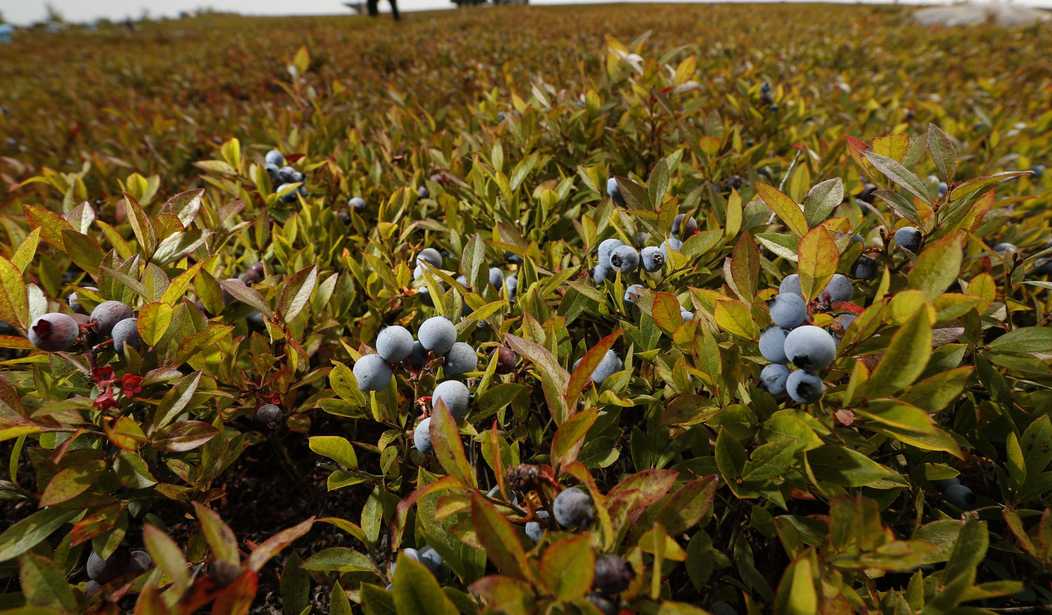You’d think putting together a new farm bill would be fairly easy. After all, Congress does this very often. But it almost always turns into a tug of war.
Regardless of why that happens, it shouldn’t be business as usual this year. Lawmakers have an opportunity to reevaluate the $13 billion spent annually on farm subsidies, and they should take advantage of it.
During the Great Depression, farm subsidies were created to support the struggling family farm. Since then, however, the program has spiraled far from its original intent. As noted in a report by The Heritage Foundation, farm subsidies have devolved into one of the nation’s largest corporate welfare programs.
Recently, OpenTheBooks.com, a national transparency nonprofit organization, released its full oversight report on the federal farm subsidy program, detailing just where the $13.2 billion in fiscal year 2017 subsidy payments flowed.
“The farm subsidy program was never intended to be welfare for the wealthy,” OpenTheBooks Founder Adam Andrzejewski said. “These subsidies have become so lucrative that wealthy investors, large corporations, and farm-estate heirs use taxpayer money to maximize their own return on investment.”
Through the federal farm subsidy program, rich farmers are getting richer. Last year, nearly 400 entities including farmers, corporations, and agri-businesses received between $1 million and $9.9 million each in farm subsidies.
Since 2008, more than $11 billion in farm subsidies flowed to just 6,618 recipients who reaped at least $1 million each. Farm subsidies are intended to alleviate farmer poverty, but most of these subsidies go to commercial farms who don’t need taxpayer help to stay afloat.
Recommended
Even billionaire businessman Glen Taylor, owner of the Minnesota Timberwolves NBA team and No. 350 on the Forbes 400 list, received $116,502 in farm subsidy payments last year. Does Taylor need taxpayer funding to run his egg-and-dairy farm in Iowa?
Top farm subsidy recipients are hoarding the payments. Since 2008, the top 10 recipients each received an average of $18.2 million. The median household income in America is $60,000. That means these rich farmers received more than 30 times the average yearly income of U.S. families.
Farm subsidies were designed to aid small family farms, but not all “family farms” are small. Nor are they struggling. Today, most farm subsidy recipients are not from traditional “family farms.” In fact, family-farm owners who reside in America’s most populated cities have their payments sent directly to their urban address.
Between 2015 and 2017, more than $626 million flowed to recipients in America’s urban areas with more than a quarter million residents, and no farms. These city-dwelling recipients might own a family farm … somewhere. But should thousands of dollars in taxpayer-funded farm subsidy payments really flow to city apartments rather than farms?
Often, these recipients aren’t active on the farm – they’re working other jobs. Nearly $8 million in farm subsidies flowed to recipients in Chicago, Ill., over a three-year period.
In 2017, for example, nearly $50,000 in payments designated for Big Run Farms LLC flowed to the owner’s dental practice in the city rather than to the Iowa farm. Findings such as these should raise a red flag to Congress, reminding them just how dire farm subsidy reform actually is.
And why haven’t lawmakers pursued real reform? Perhaps because members directly in charge of reform benefit from the program already. In 2017, at least a dozen members of Congress pocketed thousands in farm subsidy payments.
This is Congress’s fresh chance to show commitment to farm subsidy reform. Considering recipient wealth when allotting farm subsidies would considerably downsize the program.
Whatever specific steps that lawmakers take, it’s time to put the myth that taxpayer subsidies help struggling farmers out to pasture.

























Join the conversation as a VIP Member